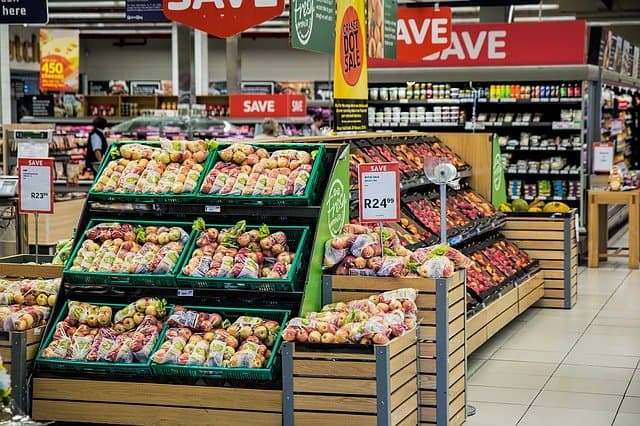Here are some grocery shopping and meal preparation tips to help you smartly stock your fridge, freezer, and pantry to keep everyone at home safe and fed.
Reality at the moment:
We are in a state of self-quarantine due to the coronavirus (COVID19) and life feels very uncertain. I recognize it is a privilege that I find myself safe, in good health, and able to work from my home and I feel very grateful for these things. I hope this message finds you the same. And for those of you who are being negatively affected by COVID-19, my heart goes out to you. I also feel scared for what is to come. Scared for my family, friends, and colleagues. I am trying my best to stay in a good head space by limiting social media and the news, cooking nutritious, simple plant-based meals, spending time outside, and doing my part by staying home.
Stay at home, cook at home:
When it comes to making meals at home we have to get creative with the items we have on hand and significantly limit the amount of trips we take to the grocery store. When shopping, aim to get enough food to last your household for ~2 weeks and then stick to your plan and use what you have. Do not run out for 1 item. Remember, many recipes are guidelines and oftentimes you can omit an ingredient or add something else in it’s place and your dish will still turn out great. Some examples: Out of rice? – Try using quinoa or farro instead. Missing a specific vegetable? – Choose one you have instead, like frozen spinach or canned peas. Missing a spice? Add more of the other seasonings the recipe calls for or add another you like.
When purchasing groceries it is key to purchase frozen, and shelf-stable foods in addition to fresh produce and refrigerated items.
Examples of plant-based pantry and freezer items:
- Frozen and canned fruits and vegetables
- Potatoes, garlic, onion – store potatoes and onions separately. Keep in cool, dark place
- Fresh fruits that can be stored outside the fridge: i.e. avocado bananas, citrus fruits, mangos, uncut pineapple and melon, peaches, pears, tomatoes
- Frozen veggie burgers
- Jarred or canned pickles, olives, artichoke, beets, salsa
- Bread and tortillas – some fresh, some frozen
- Dried fruit
- Canned and dried beans and lentils
- Grains like oatmeal, quinoa, rice, farro, barley, millet, and wheatberries
- Pasta + jarred pasta sauce
- Nuts and seeds; nut- and seed butter, tahini
- Vegetable broth/stock
- Shelf-stable plant milk like soy, almond or oat
- Herbs, spices, salt, pepper, nutritional yeast, vinegar and cooking oil like avocado and olive oil
- Condiments of choice, i.e hot sauce, soy sauce, etc.
- Snack items: rice cakes, popcorn, tortilla chips
- Flours for baking, vital wheat gluten for making seitan
- Coffee, tea
Examples of plant-based fridge items:
- Fresh fruits and vegetables
- Tofu
- Tempeh
- Hummus
- Miso
- Plant-based milk
- Plant-based cheese, yogurt, and/or butter spread of choice
Remember you want to save space in your fridge for the food you prepare and leftovers.
Minimize food waste
Minimizing food waste during this time is key! If you bought a ton of fresh produce and find that you are not going to use it all up before it spoils, wash, chop, and freeze! I have a short post that will provide you with some tips for planning and preparing some meals in advance here and a tips for properly storing your food to save money and reduce waste here.
Organize your pantry so you know what you have on hand and where it’s at. Implement the First In, First Out (FIFO) method, which is a system for storing and using your food in an efficient way. With the FIFO method, the foods purchased first are used up first. This article does a great jog describing how to implement FIFO at home.
Lastly, I want share a resource with you on grocery shopping precautions for COVID-19. Check out this video by Dr. Jeffrey VanWingen:
I hope you find these grocery shopping and meal preparation tips helpful. Please feel free to share your tips and experience in the comments!

